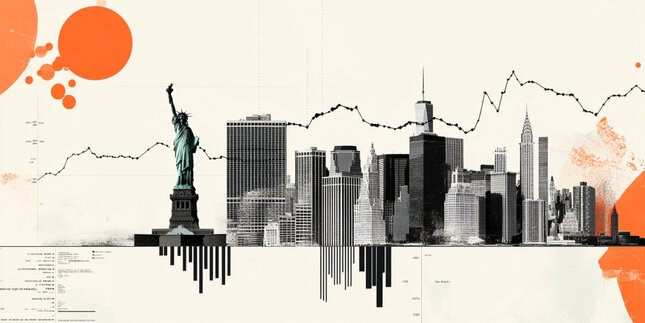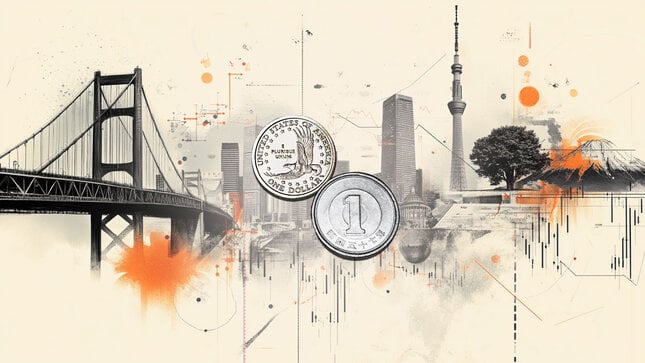As with any type of investment, there is risk. The idea is to control your risk and be aware of it. This will save you from the infamous margin call, as well as let you control your account in a better way.
1. Limit the risk: When you open a trade, place a stop loss order to get you out of your trade and prevent a situation where you lose too much. This states the obvious for the vast majority of traders reading this, but I still know some traders who don’t use a stop loss order. This precarious deed is done also by people who work at forex broker firms and trade with their account. Sad but true.
2. How much money are you risking: Many traders calculate the risk / reward ratio. Some look for 2:1 or 3:1. That’s great. But how many dollars are you actually risking? This data is available with most brokers. Is this sum too high? In that case, there are two mathematical options to reduce the amount of money you risk:
1. Tighten your Stop Loss: In this way, less money is at risk. Sounds good? Not exactly. Perhaps your new Stop Loss is too tight and will yield an immediate loss to that position. Lowering the amount of money you risk doesn’t mean raising the chances of a loss! The stop loss point should be based on your analysis: technical, fundamental or a combination. It shouldn’t be based on the amount of money risked.
2. Lowering the position size: With a lower position size, you will still get to place the stop loss point in the right place for you, but the money that is risked will be lower. Yes, also the rewards side will be lower. And yes, it is tempting to trade large positions. But remember: this is leveraged money, not real money that you have. By lowering the position size you still get to trade your position in full, and just risk less cash.
3. How much of your account are you risking? OK, you already see the amount of dollars that you are risking, but saying it bluntly: what is your burn rate? Let’s say you have an account of $1000 and you risk 20%. Now your first trade has gone bad, and you lose $200. You stick to your method but it doesn’t work out again and you lose another $200. In 5 trades you are out, liquidated, margin-called. If you are new to forex trading, you are likely to make more mistakes and lose more in your initial trades. Risking a big portion of your account means that you can burn out quickly before you had enough time to learn, improve and win enough trades.
A rule of thumb: Don’t risk more than 2% of your account!
I know this sounds very strict, but this rule will help you survive, learn and eventually increase your chances of having sustainable profits in forex trading.
A forex demo account is very useful for practice, but it doesn’t fully simulate the real thing – not in execution (detailed later) and not in the emotional stress. Having enough opportunities to trade helps you trade better.
----
Read chapter 2
Editors’ Picks

EUR/USD struggles to find upside traction near 1.0950
EUR/USD remains below the 1.1000 barrier and trades with humble losses on the back of the acceptable rebound in the Greenback, as market participants continue to adjust to Trump's announcement of a 90-day pause on reciprocal tariffs on non-retaliating countries.

GBP/USD retakes 1.2800 and above
GBP/USD manages to keep the bullish bias despite the decent bounce in the US Dollar, navigating the area above 1.2800 the figure as investors continue to assess the ongoing US-China trade war. US doubles the bet, announced 125% levies on Chinese imports.

Gold remains bid, refocuses on $3,100
Prices of Gold now regain some balance and approach the $3,100 zone per troy ounce on Wednesday after President Trump announced a 90-day pause on reciprocal and 10% tariffs. FOMC Minutes pointed to further caution from officials.

Dow Jones Industrial Average rockets 6% higher on tariff suspension
The Dow Jones Industrial Average (DJIA) skyrocketed on Wednesday, surging over 6% on the day and returning to the 40,000 handle after the Trump administration announced yet another pivot on its own tariff policies.

Tariff rollercoaster continues as China slapped with 104% levies
The reaction in currencies has not been as predictable. The clear winners so far remain the safe-haven Japanese yen and Swiss franc, no surprises there, while the euro has also emerged as a quasi-safe-haven given its high liquid status.
RECOMMENDED LESSONS
Making money in forex is easy if you know how the bankers trade!
Discover how to make money in forex is easy if you know how the bankers trade!
5 Forex News Events You Need To Know
In the fast moving world of currency markets, it is extremely important for new traders to know the list of important forex news...
Top 10 Chart Patterns Every Trader Should Know
Chart patterns are one of the most effective trading tools for a trader. They are pure price-action, and form on the basis of underlying buying and...
7 Ways to Avoid Forex Scams
The forex industry is recently seeing more and more scams. Here are 7 ways to avoid losing your money in such scams: Forex scams are becoming frequent. Michael Greenberg reports on luxurious expenses, including a submarine bought from the money taken from forex traders. Here’s another report of a forex fraud. So, how can we avoid falling in such forex scams?
What Are the 10 Fatal Mistakes Traders Make
Trading is exciting. Trading is hard. Trading is extremely hard. Some say that it takes more than 10,000 hours to master. Others believe that trading is the way to quick riches. They might be both wrong. What is important to know that no matter how experienced you are, mistakes will be part of the trading process.

The Best brokers to trade EUR/USD
SPONSORED Discover the top brokers for trading EUR/USD in 2025. Our list features brokers with competitive spreads, fast execution, and powerful platforms. Whether you're a beginner or an expert, find the right partner to navigate the dynamic Forex market.
